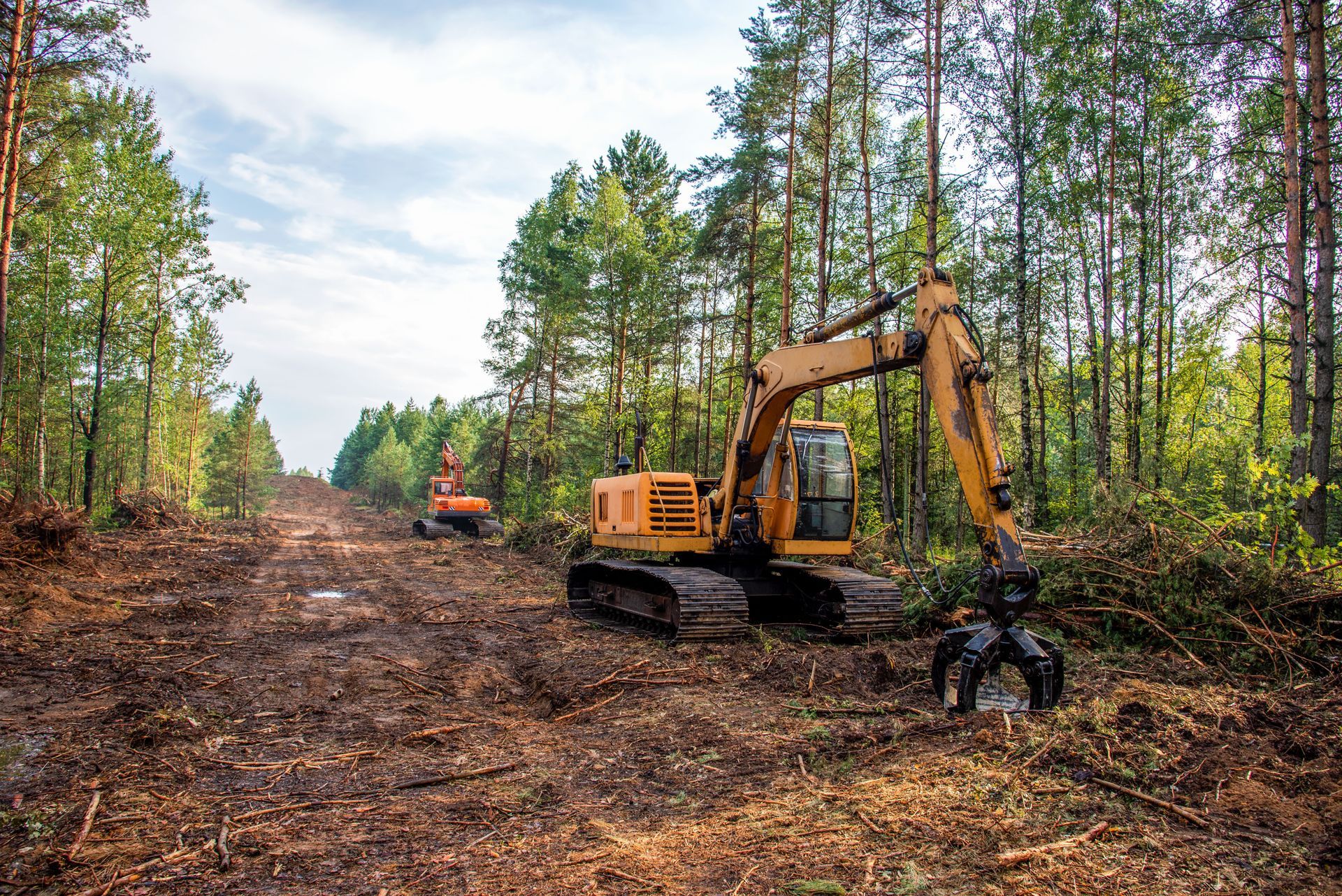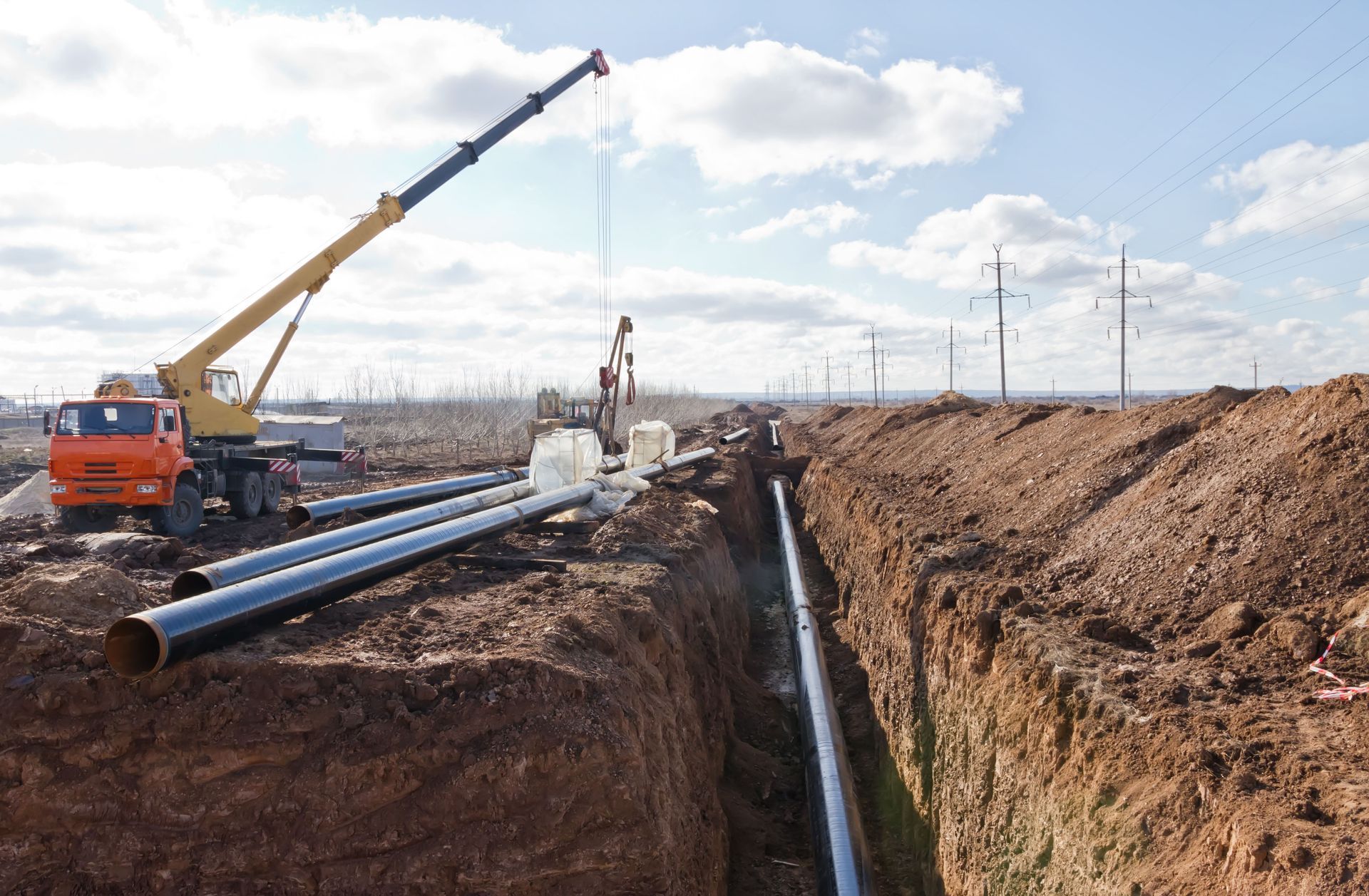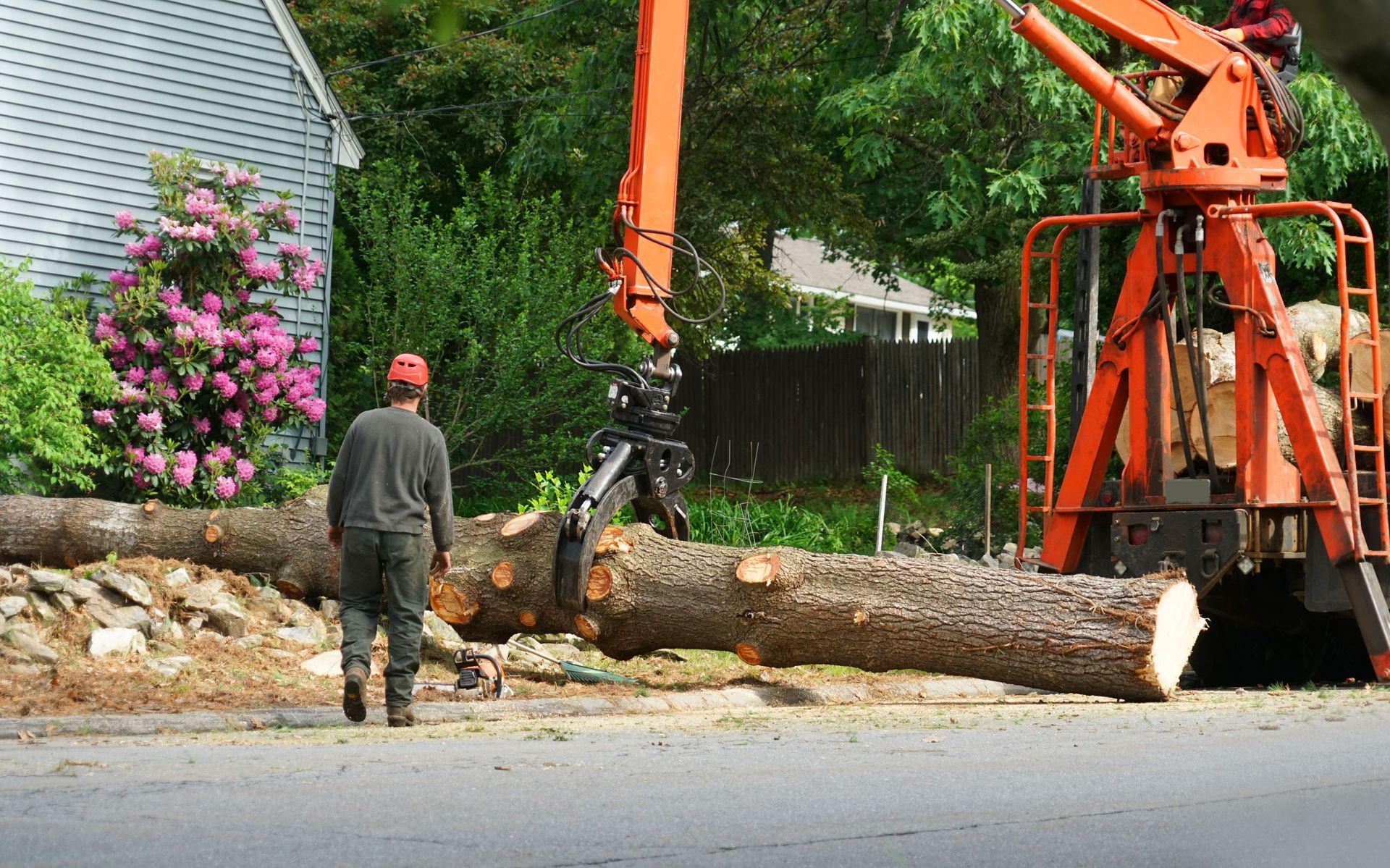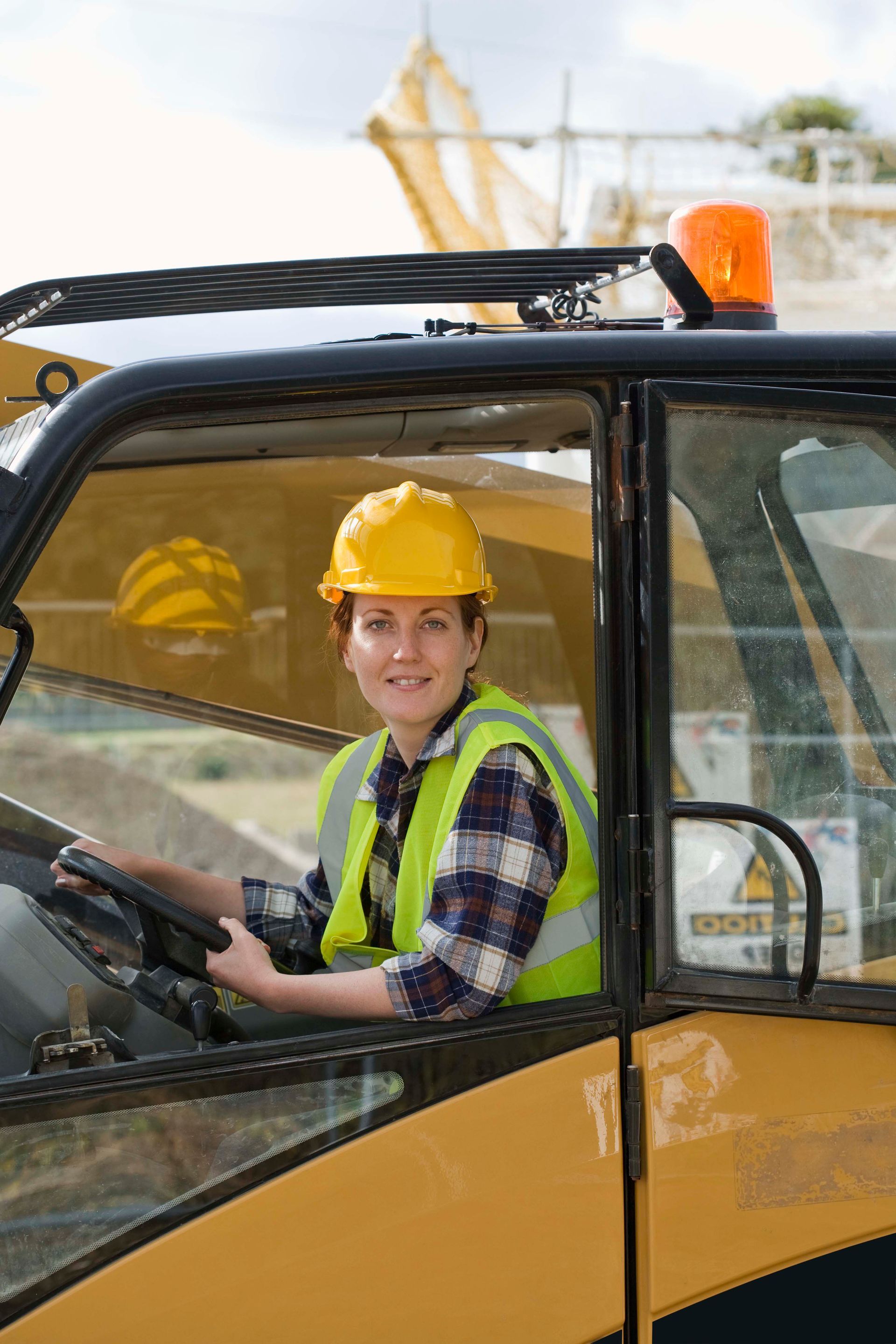What Are the Ground and Foundation Requirements for Safe Crane Operation?
Highlights:
- Stable ground and solid foundations are critical for safe crane operations and load stability.
- Soil testing, compaction, and mat placement help prevent tipping or subsidence during lifts.
- Engineers and lift planners assess bearing capacity and design proper load distribution systems.
- Weather, moisture, and vibration can affect ground performance during crane use.
- Russ Erlinger Crane Service provides expert site evaluations and crane setup assistance in Springfield, IL.
Understanding Ground and Foundation Requirements
Every successful lift starts from the ground up. Cranes rely on stable foundations to maintain balance and prevent catastrophic accidents. The type of soil, its moisture content, and the structure beneath determine whether a crane can operate safely. Before any setup begins, engineers must evaluate the load-bearing capacity of the ground. According to the National Institute for Occupational Safety and Health (NIOSH), inadequate ground support and poor site assessment are leading factors in crane tip-over incidents, underscoring the importance of verifying soil stability and proper grading before operation. Proper foundation planning helps avoid uneven settlement or tipping hazards.
Importance of Soil Evaluation and Load Bearing
Ground stability is the cornerstone of crane safety. Soil testing identifies whether the surface can handle concentrated pressures from outriggers and tracks. Loose, sandy, or waterlogged soil can compress under weight, leading to uneven load distribution. In Springfield, IL, where seasonal rain can soften clay-based soils, engineers often conduct compaction tests and use geotechnical data to inform setup. According to Construction Equipment Magazine, assessing soil density and shear strength is crucial for determining how much stabilization or matting a site requires. This step is vital to preventing ground failure.
Role of Outriggers and Crane Mats
Outriggers extend from the crane’s chassis to distribute weight evenly across a larger area. However, these supports are only as stable as the ground beneath them. Crane mats or pads are commonly used to spread the load and reduce pressure on soft terrain. These mats, made from hardwood, composite materials, or steel, prevent the outriggers from sinking into the soil. According to Heavy Equipment Guide, properly prepared ground and the use of load-distribution mats are essential for maintaining stability and reducing bearing stress during crane setup. Without this support, even small shifts in soil can compromise the entire lifting operation.
FAQ
What type of soil is best for crane setup?
Dense, well-compacted soil with high bearing capacity is best. Sandy or water-saturated ground often requires additional support or matting to distribute loads evenly.
Can cranes operate on uneven surfaces?
Cranes can operate on mildly uneven ground, but leveling devices, mats, and engineering evaluations must confirm that the surface meets safety standards before setup.
How do weather conditions affect crane foundations?
Rain, frost, and heat can alter soil density and moisture, reducing load-bearing capacity. Wet conditions are particularly dangerous for mobile cranes with outriggers.
Evaluating Bearing Pressure and Load Distribution
Every crane exerts thousands of pounds per square foot on its support points. Engineers must calculate the bearing pressure and confirm that it stays within the soil’s capacity limits. Failure to manage these loads can cause the crane’s base to sink or tilt. Load distribution mats help balance the forces exerted by outriggers, ensuring uniform ground pressure. In Springfield, IL construction sites, local engineers frequently reference regional soil data to determine appropriate mat sizes. Proper calculations also account for dynamic forces created by swing movements or sudden stops during a lift.
Foundation Types for Different Crane Configurations
The foundation requirements depend on the type of crane being used. Mobile cranes often rely on temporary surfaces like mats, while tower cranes require permanent concrete bases. For tower cranes, reinforced footings are designed to withstand vertical and horizontal forces. Engineering drawings typically specify rebar density and anchor bolt positioning to maintain structural integrity. For rough-terrain or crawler cranes, the entire track system must rest on stable soil or pads. Choosing the right foundation design helps maintain balance, prevents deflection, and prolongs equipment lifespan during heavy lifting operations.
Influence of Site Conditions and Drainage
Drainage plays a vital role in foundation safety. Standing water or poor drainage can soften soil layers, decreasing bearing strength and leading to gradual settlement. Contractors often grade the area and install geotextile fabric to separate weak soils from crane mats. In areas like Springfield, IL, frequent rain requires vigilant water management during setup. Crews may use gravel pads or compacted aggregate bases to improve drainage. Proactive moisture control prevents structural instability, ensuring the crane maintains a level base throughout lifting operations, especially for multi-day projects.
FAQ
What happens if the ground shifts during a lift?
If ground movement occurs, the lift should be halted immediately. Engineers must reassess the soil condition and make adjustments before continuing operations.
Do all cranes require a foundation inspection?
Yes, all crane setups—mobile or fixed—require inspection and documentation to verify that ground conditions meet safety and manufacturer specifications.
Can existing concrete slabs support crane loads?
Only if the slab has been structurally evaluated. Many commercial slabs are not designed for concentrated outrigger pressures and may require reinforcement or matting.
Monitoring and Adjustments During Operation
Even after setup, conditions can change. Vibrations from nearby equipment, fluctuating moisture levels, or temperature shifts can alter ground stability. Operators and site supervisors must routinely monitor crane levels and outrigger pressures. Many modern cranes feature load sensors and tilt alarms that detect imbalance early. Periodic visual inspections also help identify settling or mat displacement. If adjustments are needed, work must pause until corrections are made. Continuous ground monitoring helps prevent progressive failure—a subtle but serious hazard in long-term lifting projects or variable soil environments.
Common Ground Failures and Prevention
Ground failure typically results from underestimated bearing capacity, inadequate compaction, or poor drainage. Warning signs include cracking around outrigger pads, shifting mats, or noticeable tilting. Prevention starts with thorough site evaluation, proper mat design, and real-time load monitoring. In Springfield, IL, experienced teams like Russ Erlinger Crane Service perform detailed pre-lift assessments to avoid such risks. Using digital modeling tools, they analyze load paths and simulate bearing pressures. This proactive approach not only enhances safety but also reduces costly downtime from rework or damaged equipment.
Integrating Engineering and Technology
Modern technology plays an increasing role in maintaining safe foundations. Digital lift planning software can simulate soil behavior and pressure distribution under various load scenarios. Drones and sensors also provide valuable topographical data, helping engineers refine foundation layouts. These digital tools enable teams to optimize crane placement, adjust outrigger spreads, and verify load limits before equipment arrives onsite. By combining engineering analysis with field technology, crane operations become more precise, safer, and more predictable.
FAQ
How often should soil and mat conditions be checked?
Ideally, inspections occur before each shift and after any major weather event. This helps confirm the ground hasn’t softened or shifted under load.
Do regulations specify mat thickness?
While no single standard applies, mat thickness must support anticipated pressures and follow engineering recommendations specific to the crane’s size and weight.
What’s the best way to plan for uneven or soft ground?
Use layered stabilization—such as compacted fill, geotextiles, and crane mats—combined with engineering approval to create a safe, level surface for lifting.
Building Stability from the Ground Up
A stable foundation is non-negotiable for crane safety. From soil testing to proper drainage and load distribution, every detail contributes to preventing catastrophic failure. With Springfield, IL’s variable weather and soil conditions, professional oversight is essential. Partnering with an experienced provider like Russ Erlinger Crane Service ensures each lift begins on a firm footing—literally and figuratively. Their team evaluates site conditions, selects proper matting, and integrates safety technology to meet both OSHA and NCCCO standards. Safe ground equals safe lifting, protecting workers, equipment, and project timelines.





Share On: